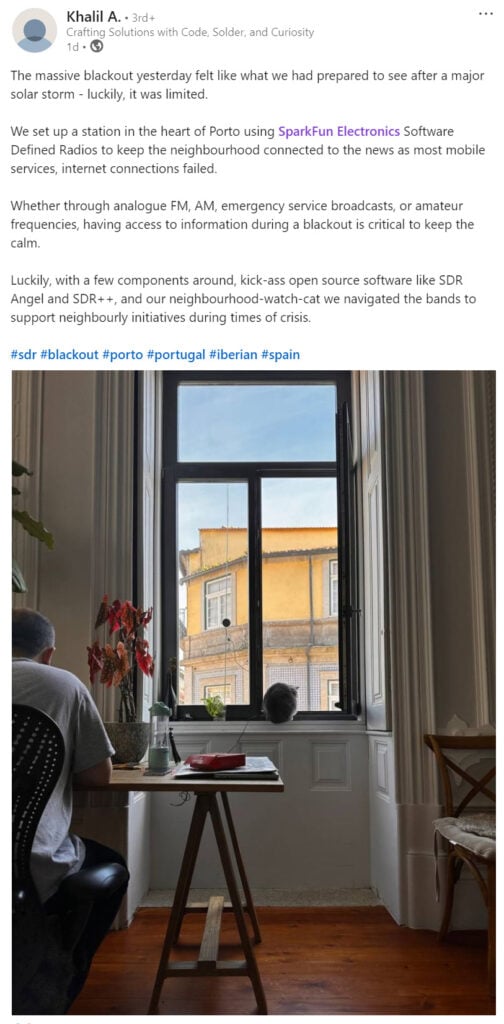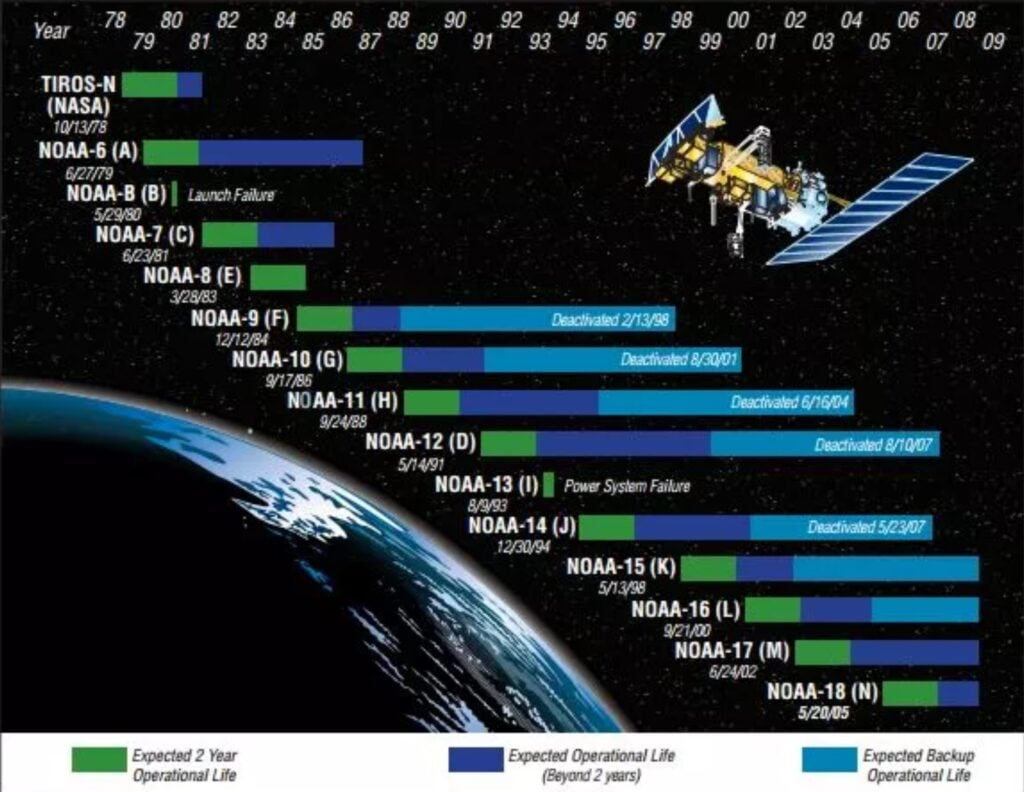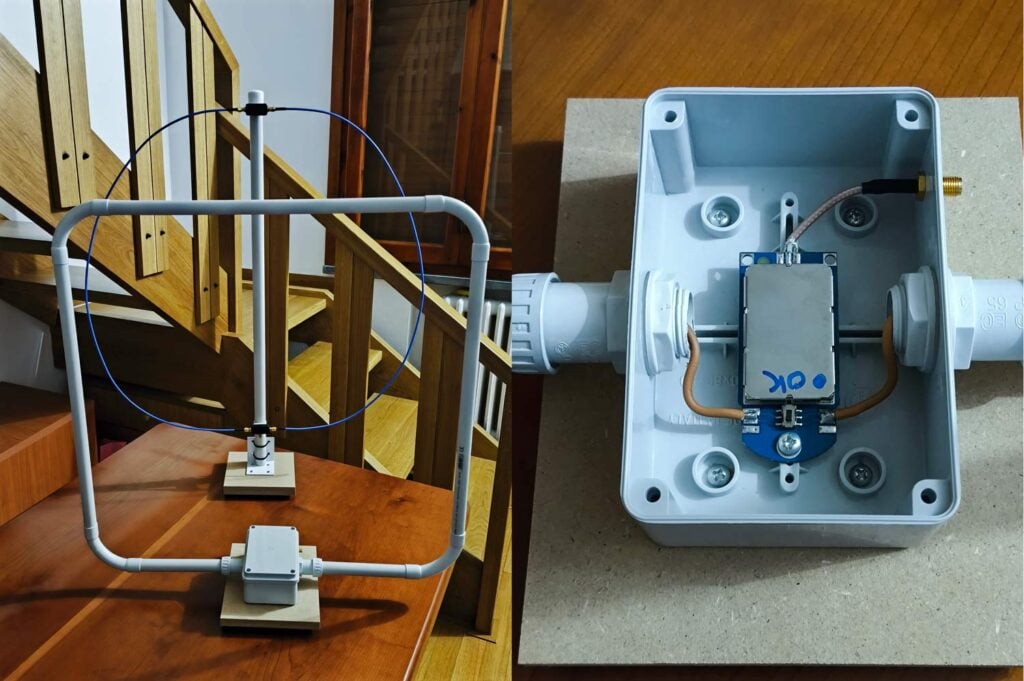ESP32-Div: An ESP32 Based Swiss Army Knife for Wireless Networks
On his blog, Cifer has posted about a new device that he's created called "ESp32-Div." ESP32-Div is a multi-featured wireless analysis device for WiFi, Bluetooth, 2.4 GHz, and sub-GHz signals. While ESP32-Div is not based on SDR technology, it is still an interesting device for wireless hackers to discuss.
ESP32-Div can monitor WiFi packets, spam fake WiFi access points, scan for deauth attacks, and scan nearby WiFi networks. For Bluetooth, it can jam, scan, spoof, and cause unintended behaviours on Apple devices via spoofing the AirDrop function. It can also be used as a general 2.4 GHz scanner and jammer. Finally, it can perform replay attacks and jam signals for sub-GHz signals.
The device consists of a custom PCB with an ESP32 and a built-in battery pack. A piggybacking shield adds 3x NRF24 modules for the 2.4 GHz features and a CC1101 module for the sub-GHz features.
Obviously, functions like jamming and spoofing are highly illegal in most countries, but it is interesting to see the capabilities available to anyone with these cheap chips and the right software.




